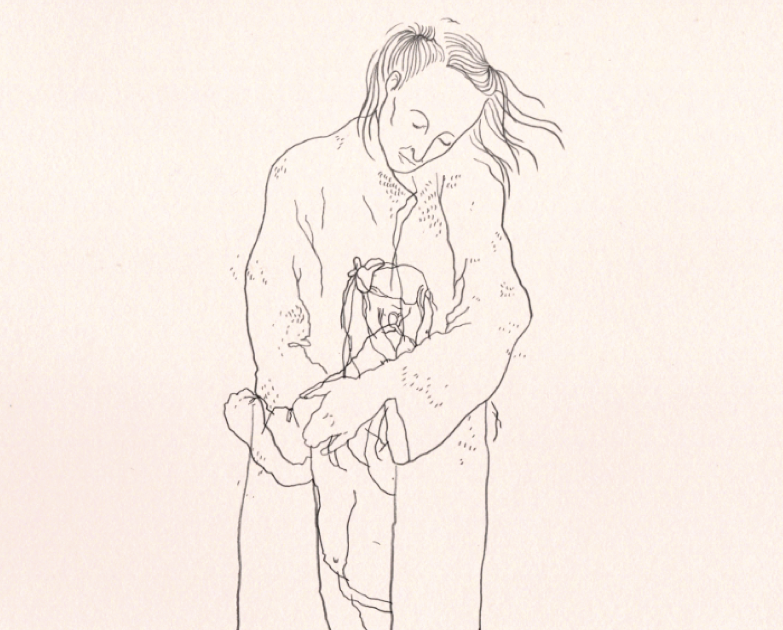Animated Realities: Animation, Documentary, and the Moving Image. Edinburgh University, Edinburgh College of Art, and the Edinburgh International Film Festival, Edinburgh, UK, June 23–24, 2011.
This event explored the emerging field of animated documentaries within contemporary film practice. The conference took place at Edinburgh College of Art and was held in conjunction with the 65th Edinburgh International Film Festival. It aimed to bring together practitioners and theoreticians from a diverse range of disciplines in order to discuss and debate a rapidly expanding area of contemporary visual culture.
Included below is the abstract for my conference presentation.
